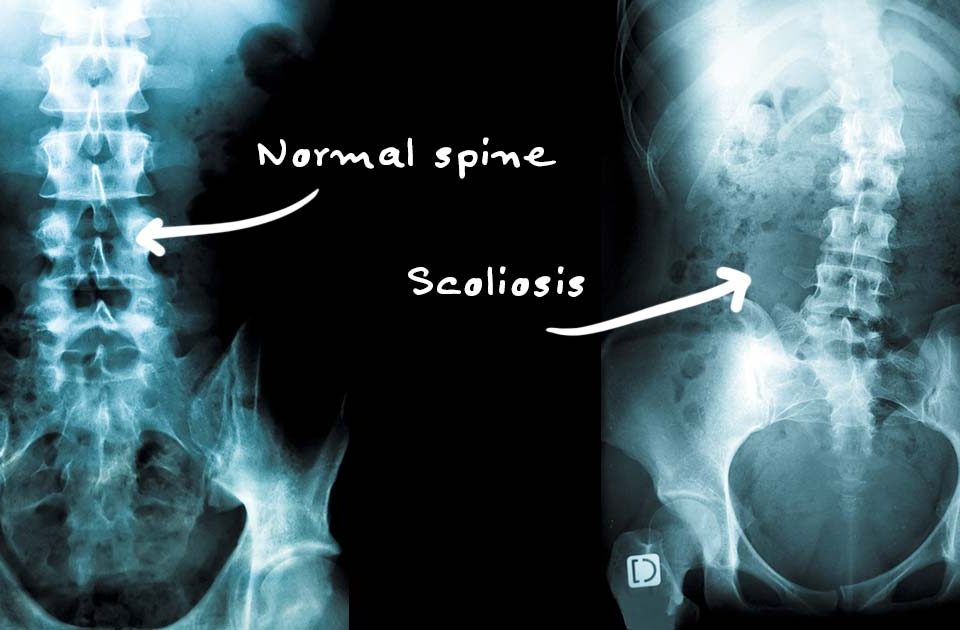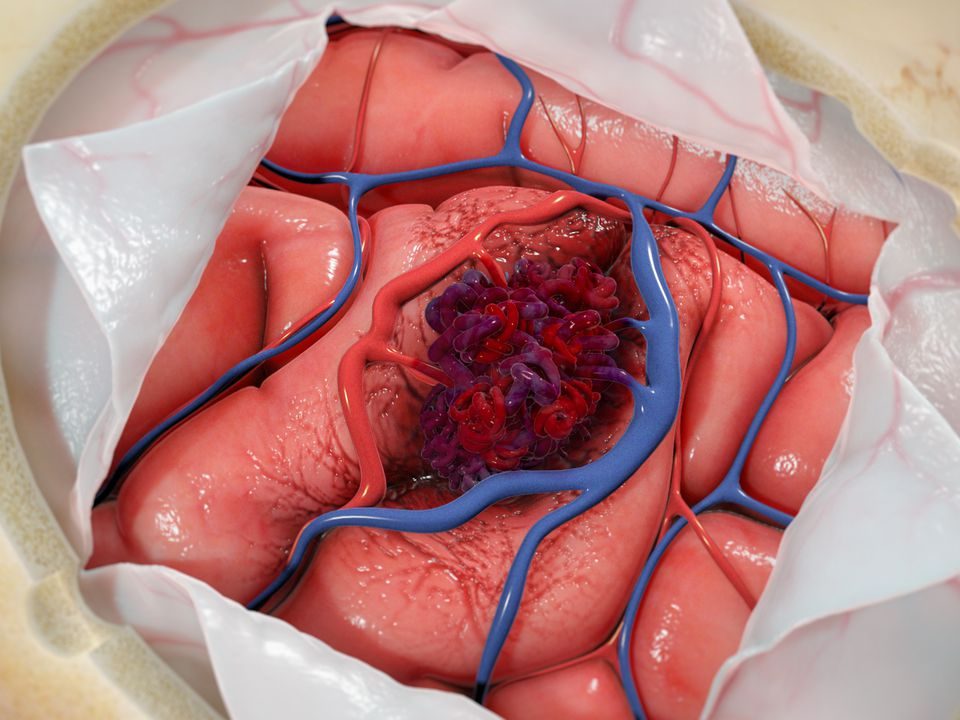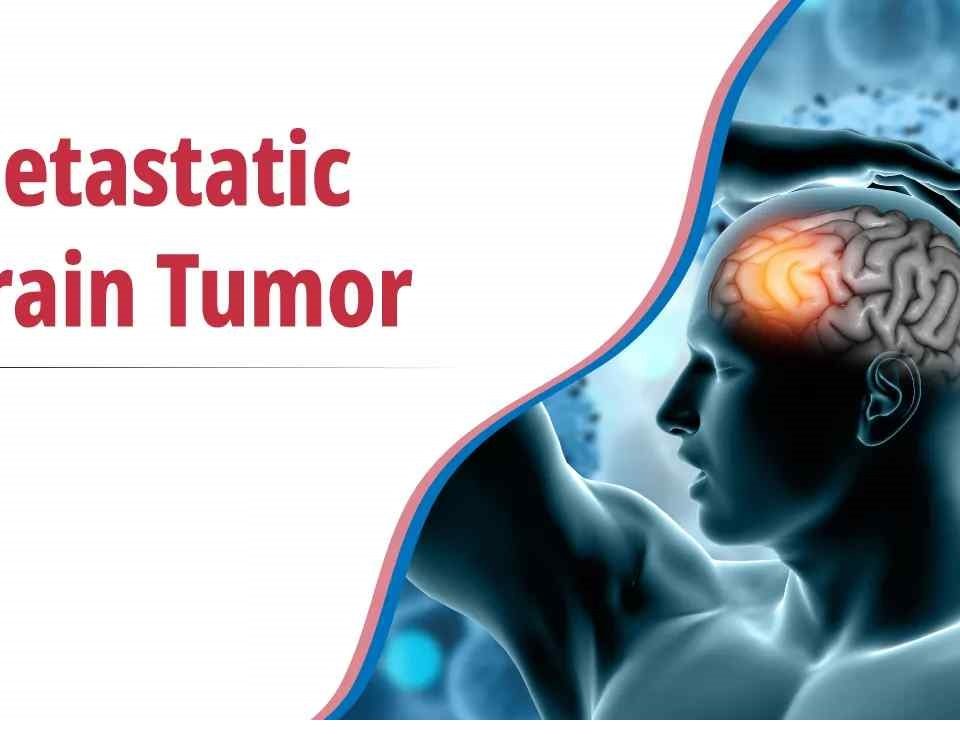Sciatica is pain originating in the sciatic nerve, which runs from the lower back down the back of your legs. Symptoms of sciatica include burning in the leg, pain in the back of the leg when sitting, leg weakness, shooting pain, and more. Most often, this condition is sciatica. But sometimes, it’s a herniated disc from a trauma, such as an auto accident. Disc herniations and sciatica are different things.
The sciatic nerve is a large nerve about the size of your pinky finger. It is formed by 5 nerve roots (typically): L4, L5, S1, S2, S3. These five nerve roots exit the spinal cord and outside the spinal cord come together to form this large nerve which runs down the leg to the foot. Whenever the sciatic nerve is irritated there is some characteristic pain and characteristic areas where the pain is in the leg.
However, when there is nerve pressure closer to the spinal cord caused by a damaged or herniated disc, the symptom pattern and physical examination is different. These two are not always easy to differentiate on the initial visit. They differentiate after a few visits, and sometimes advanced imaging is needed to locate the exact lesion or disc involved. MRI is the method of choice because it allows us to see all the bones, ligaments, nerves, and discs. Both the hard and soft tissue. Very key in getting an accurate diagnosis.
What difference does it make if it’s sciatica or a herniated disc?
First off, sciatica, for the most part, is very curable and with proper treatment, patients return to normal in fairly short order. However, herniated discs are often a permanent condition which can affect every area of your life. Undiagnosed, a herniated disc can become much worse and be debilitating. Once a patient understands the difference between the two, often, a large weight of worry and stress is relieved.



